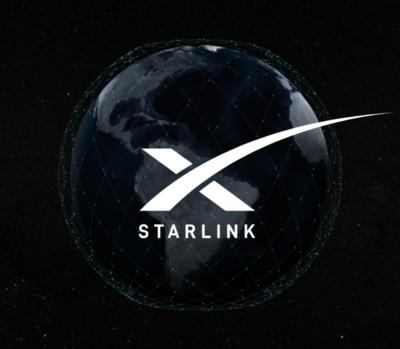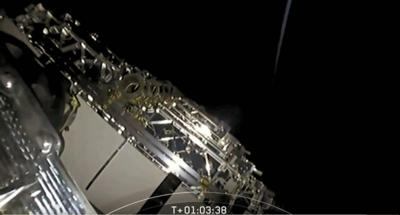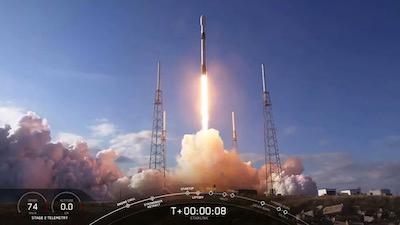The Bitter Fruits of Righteousness
SpaceX’s first-generation Starlink network comprises over 3,200 satellites.

The company’s second-generation Starlink network was to have spanned a massive 29,988 satellites—that was until Thursday, 01 December 2022, when the U.S. Federal Communications Commission granted Elon Musk’s space concern authority to operate only 7,500 satellites at altitudes over five-hundred-kilometers above the Earth.
The FCC’s decision was predicated in part on concerns expressed by rival telecommunication companies, environmental groups, astronomers, and other disgruntled parties about the second-generation satellite constellation’s immense size.
In its 01 December decision, the FCC wrote: “This limited grant and associated conditions will protect other satellite and terrestrial operators from harmful interference and maintain a safe space environment, promoting competition and protecting spectrum and orbital resources for future use. To address concerns about orbital debris and space safety, we limit this grant to 7,500 satellites only, operating at certain altitudes.”

Notwithstanding the partial approval—which underscores the compulsions and ethos for which the agency is infamous—the FCC rationalizes that it has indeed increased the number of satellites it’s permitting SpaceX to launch. According to the FCC, this baffling mathematical convolution derives of SpaceX’s plans to consolidate 7,518 satellites from its unlaunched V-band satellite constellation into the second-generation network.
“This means our action today does not increase the total number of satellites SpaceX is authorized to deploy, and in fact slightly reduces it, as compared to the total number of satellites SpaceX would potentially have deployed otherwise,” the Commission somewhat bafflingly wrote.
The FCC insinuated, however, that it might approve additional second-generation Starlink satellites in the future, stating: "The smaller number of satellites will allow continued monitoring of deployment based on conditions adopted in this Order, prior to consideration of the much larger number of satellites SpaceX requests over the long term.”

That a federal agency ostensibly dedicated to the furtherance of communication is capable of such labyrinthine equivocation is a triumph of irony.
The FCC—in addition to contemporaneously culling, supplementing, and culling the Starlink satellite population—has made it incumbent upon SpaceX to coordinate with NASA, the National Science Foundation, and specific observatories for purpose of preventing Starlink from interfering with scientific missions. Per FCC edict, second-generation Starlink satellites—to mitigate spectrum interference—must use “no more than one satellite beam” while “in the same frequency in the same or overlapping areas at a time.”
Expansion of extant satellite constellations is crucial to Starlink, which is facing chronic congestion woes. Since the beginning of 2022, data transmission speeds for U.S. and Canadian Starlink customers have dropped as ever-increasing numbers of users strain the network’s capacity. SpaceX plans to remedy the conundrum by launching larger, more powerful second-generation satellites at weekly intervals starting in 2023.
 Bolen Gives Congress a Rare Thumbs-Up
Bolen Gives Congress a Rare Thumbs-Up The SportPlane Resource Guide RETURNS!!!!
The SportPlane Resource Guide RETURNS!!!! Buying Sprees Continue: Textron eAviation Takes On Amazilia Aerospace
Buying Sprees Continue: Textron eAviation Takes On Amazilia Aerospace Hawker 4000 Bizjets Gain Nav System, Data Link STC
Hawker 4000 Bizjets Gain Nav System, Data Link STC Echodyne Gets BVLOS Waiver for AiRanger Aircraft
Echodyne Gets BVLOS Waiver for AiRanger Aircraft





